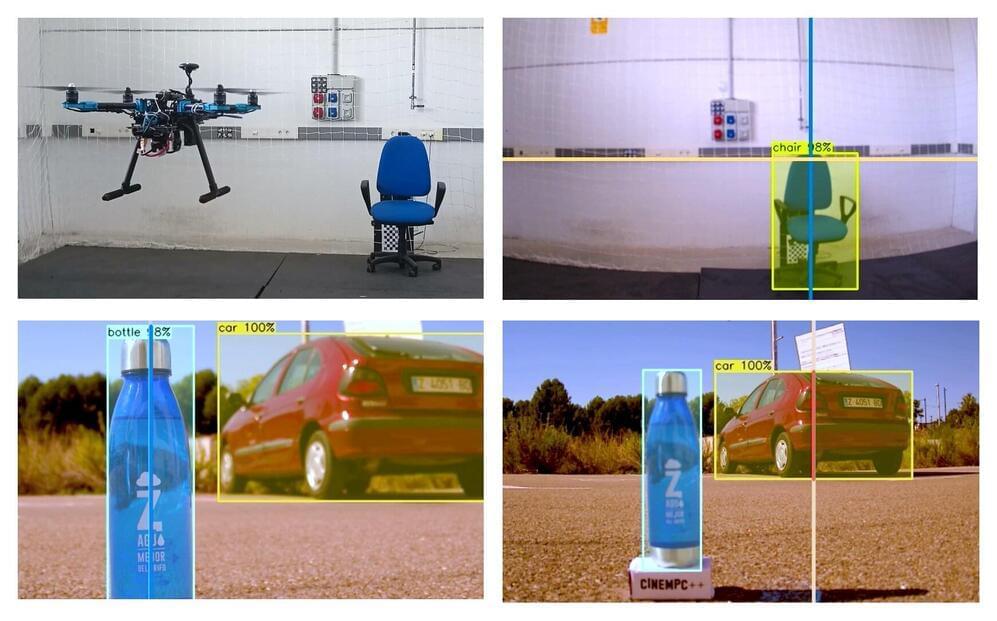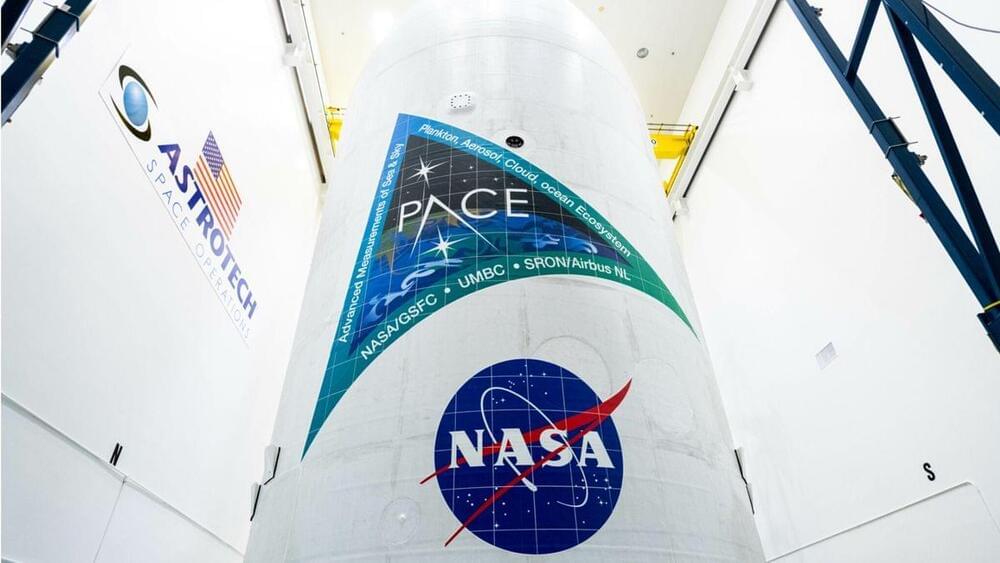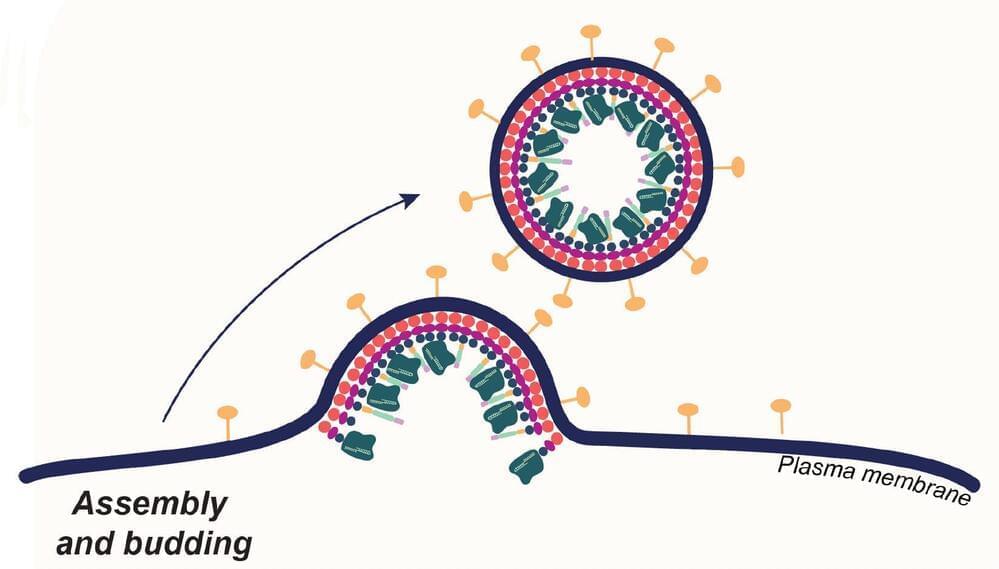Feb 4, 2024
A fully autonomous drone system for cinematography and wildlife monitoring
Posted by Dan Kummer in categories: drones, robotics/AI
Recent technological advances, such as increasingly sophisticated drones and cameras, have opened exciting new possibilities for cinematography. Most notably, film directors can now shoot scenes from a wide range of angles that were previously inaccessible and in far higher resolution.
Researchers at University of Zaragoza and Stanford University recently developed CineMPC, a new cinematographic system that relies on a fully autonomous drone that carries a cinematographic camera to film multiple targets autonomously, while following a director’s instructions. The platform modulates various drone and camera parameters to satisfy these instructions. The team’s innovative system, outlined in IEEE Transactions on Robotics, could bring a wave of innovation to the film industry and other sectors that can benefit from high-quality video footage.
Continue reading “A fully autonomous drone system for cinematography and wildlife monitoring” »


















